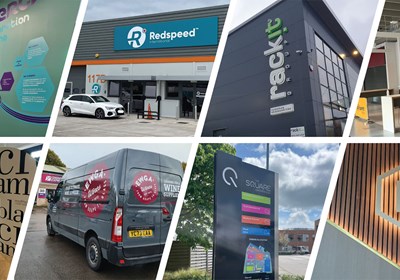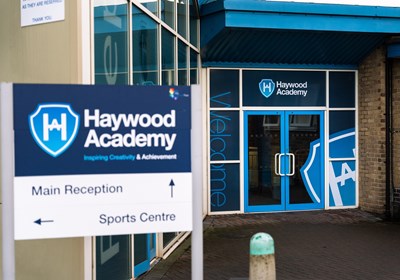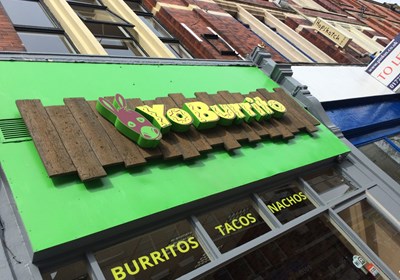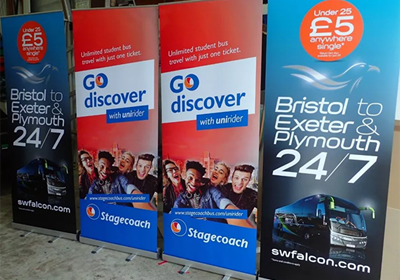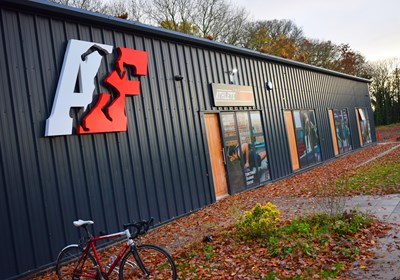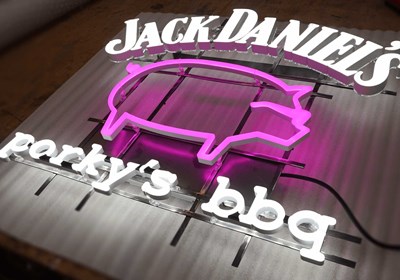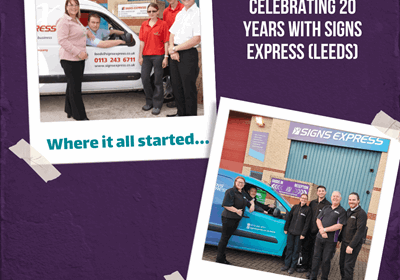The world of business is constantly evolving. Consumer preferences and values shift, new technologies are introduced and new trends emerge. For your business to remain relevant in this constantly changing landscape, you need to make sure that your name is always at the forefront of people’s minds. This can be accomplished by creating a unique brand identity for your company—an image that reflects who you are and what sets you apart from the competition.
Before we get into specific tips on how best to brand your premises, let's first discuss why it's important to do so in the first place:
1.Set yourself apart
Begin the process by determining how best to set yourself apart from your competitors. Your brand identity is about more than just colour schemes and logos; it's about establishing who you are as a company, what your values are, and how those align with or differ from others in your field. The first step is figuring out what makes your business unique, which will help guide you when choosing graphics and signage.

2.Tell your story
Storytelling is becoming increasingly important within business. Customers don’t just care about prices, they want to know who they’re dealing with, and what makes them tick. Business has always been about relationships, but now things are taking a more personal approach.
Storytelling grabs people’s attention, but that’s not all; in today’s world, people, particularly those from younger demographics, want to like you before they do business with you. They want to believe in your mission statement, and to trust that you are a positive influence on the world.
So, How Do You Tell Your Story Using Your Premises?
One way of displaying your story is to use carefully chosen quotes around your office. There are many ways in which you could choose to do this. For example, you could frame your values or use vinyl graphics to apply them directly onto the wall. Adding text at eye-level will help draw visitors’ attention, and it’s hard to miss your company philosophy when it’s literally written on the wall.
Are you committed to being environmentally conscious? Try writing something like: ‘Plastic-free since 2017’ (only if you have been of course).
Have you grown significantly in recent years? Display your success with a quote like: ‘From 1 kitchen in 2014 to 7 bakeries in 2021’.
Whatever you choose, make sure your philosophy is at the forefront.
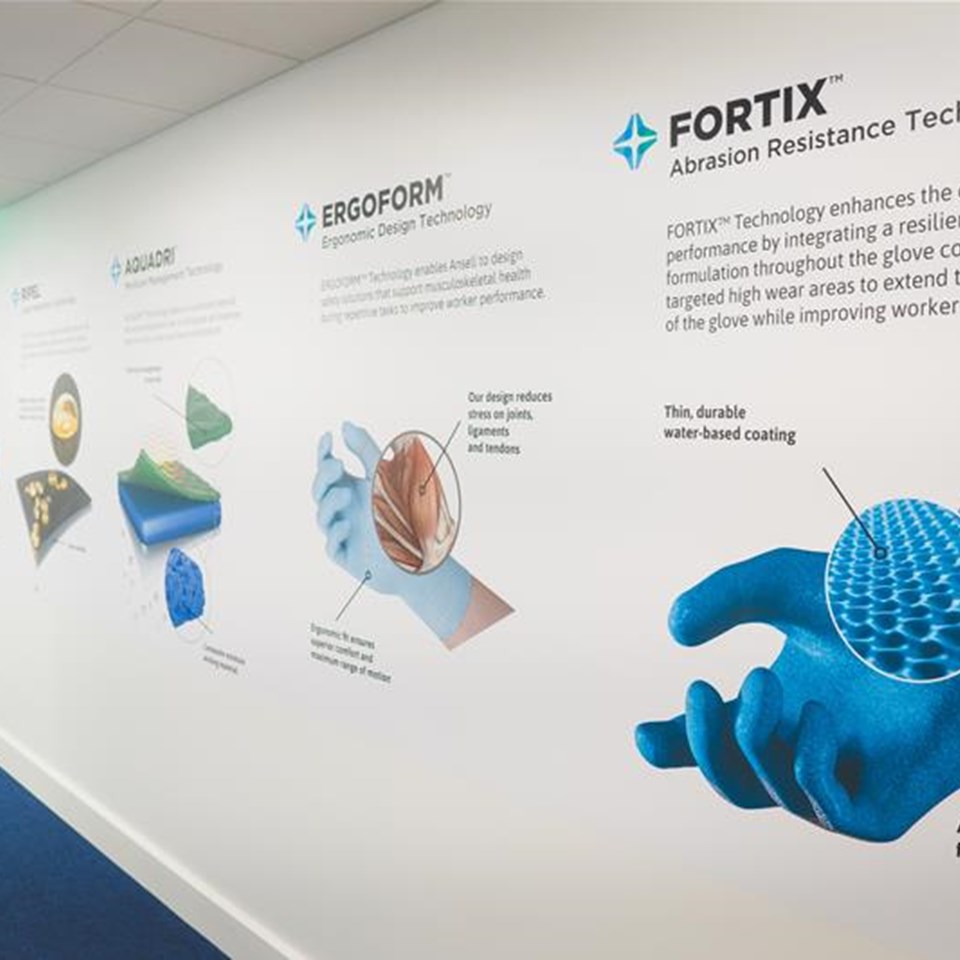
3.Include your products
You don’t have to just rely on words, images can be just as powerful. An effective interior design technique is to showcase your own products. Utilising stylised pictures and displays of your products or services, ideally at different stages of development. A coffee supplier may display photos of coffee beans being picked, packaged, and brewed.
For an innovative new gadget, sketches of prototypes progressing in detail could tell the story of a product from initial idea all the way through to fruition.
After all, nothing tells the story of your brand quite as your products and services do. A great example is Pentalver with an image of their fleet on custom wallpaper.
Or, if you prefer to concentrate on the here and now, pictures of happy customers can help build trust amongst potential clients and provide a sense of accomplishment for staff. This is especially effective if the images are teamed with written feedback.

4.Differentiate between staff and client spaces
When planning your premises, it's important to differentiate between customer areas and staff-only spaces. By considering staff areas, you can motivate and inspire, this can be achieved by displaying motivational quotes or imagery. Themes can be used to create an area of focus and concentration if that is what is required, conversely, a different theme can be used to create high energy and excitement if this is what is needed for your staff to perform. When thinking about customer areas think about what will make customers engage with your products/services or how they will find the required products/services in your premises. This could mean you need point of sale (POS) to merchandise your products/services and then also wayfinding signs for customers to find them and manage the flow of traffic.
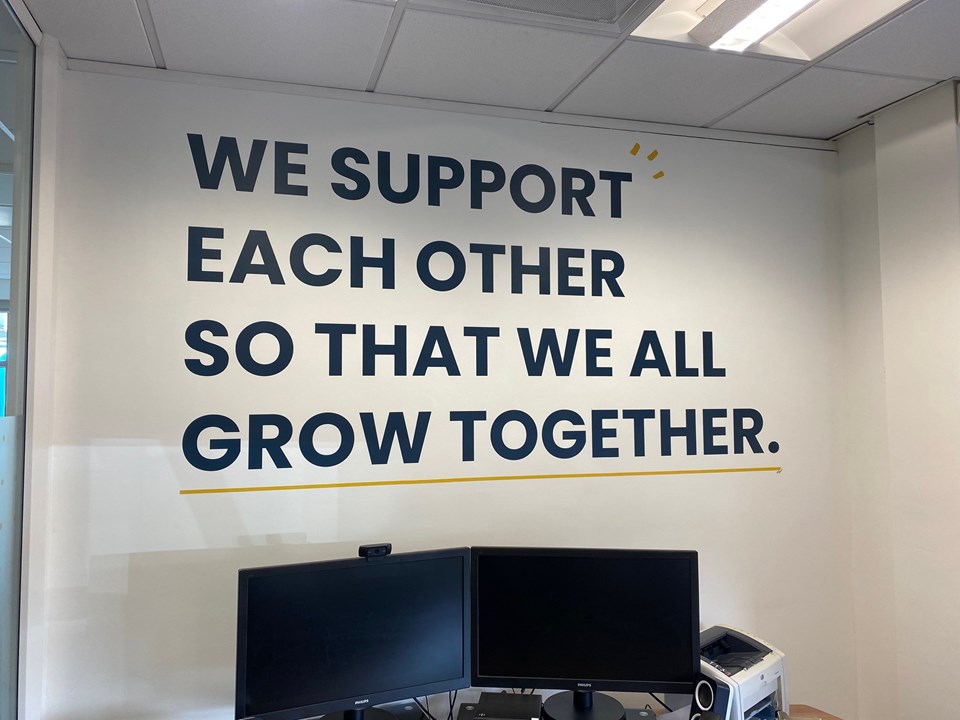
5.Get creative with technology
Digital Signage is becoming more prevalent. Adding this dynamic element to your premises will catch the eye of passers-by or even those in your store when positioned correctly. This can be a great way to promote certain goods or services.
Digital Directories are now becoming commonplace in shopping malls and large stores. These interactive touchpoints give the user all the information they require to find goods or services and a route to them in your building.
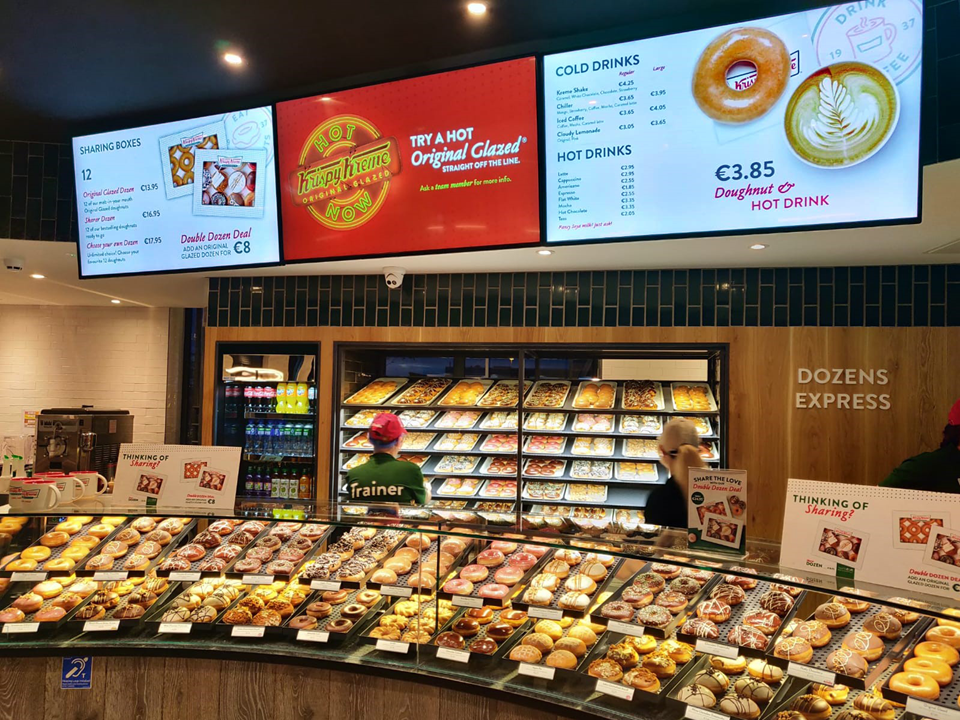
Frequently Asked Questions
- Q. What are the most effective types of signs and graphics for branding a business premises?Collapse
The most effective types of signs and graphics depend on your business type and target audience. However, universally impactful options include:
Logo Signs: 3D logos or illuminated signs can make a strong visual impact.
Window Graphics: Vinyl stickers and lettering on windows can attract passersby and get your message across clearly.
Wall Graphics: Large graphics that tell your brand’s story, showcase your values or show impactful and emotive imagery.
Directional Signage: Keep your organisation's themes front and centre to any visitor to your premises through branded wayfinding signs.
Digital Displays: Interactive or dynamic digital signage is becoming more commonplace for engaging customer experiences.
- Q. How can I ensure my branding is consistent across all signs and graphics?Expand
Consistency is key in branding. Ensure your signs and graphics adhere to your brand’s colour scheme, font style, and overall aesthetic. Use your logo and brand messaging consistently across all elements. It's also beneficial to work with a single signage provider or a design team to maintain uniformity.
- Q. Can signs and graphics inside a business premises affect employee morale?Expand
Absolutely! Signs and graphics can greatly influence the workplace atmosphere. Motivational quotes, mission statements, and visually appealing designs can boost employee morale. Incorporating brand values and achievements in the design can also instil a sense of pride and belonging among employees.
- Q. What role do eco-friendly materials play in branding with signs and graphics?Expand
Using eco-friendly materials for your signs and graphics can reinforce your brand’s commitment to sustainability, a value increasingly important to many consumers and employees. Materials like recycled plastics, biodegradable vinyl, or LED lighting for illuminated signs can reflect a responsible brand image.
- Q. How important is it to update signage and graphics over time?Expand
Regularly updating your signage and graphics is crucial. It ensures your branding stays relevant, fresh, and engaging. Updates can be in response to rebranding efforts, changes in your product/service offerings, or simply to revitalise the look of your premises. Staying current with design trends and technological advancements in signage can also give your business a competitive edge.
Get in Touch
Enquiry Form
Please contact your local centre by completing this enquiry form and we shall respond to your request as soon as possible.


